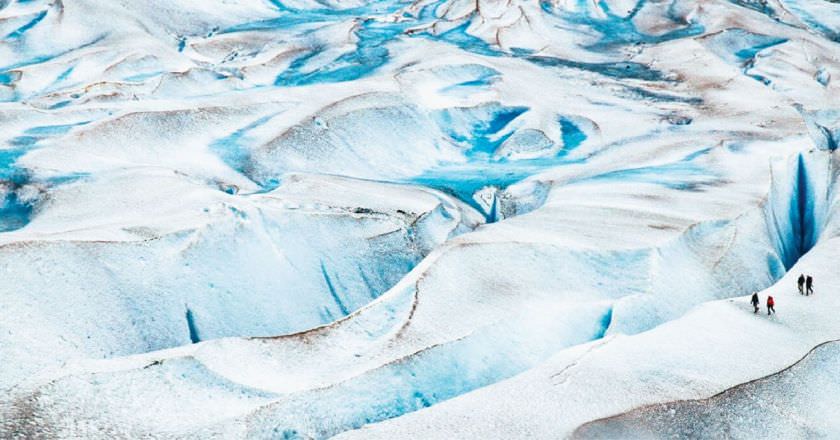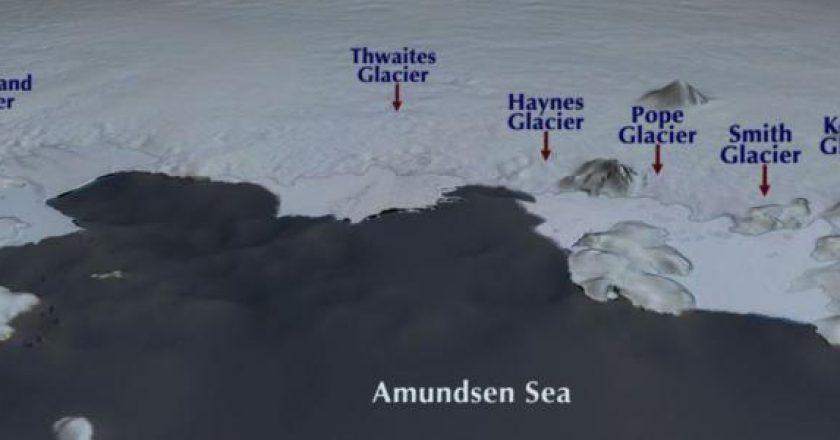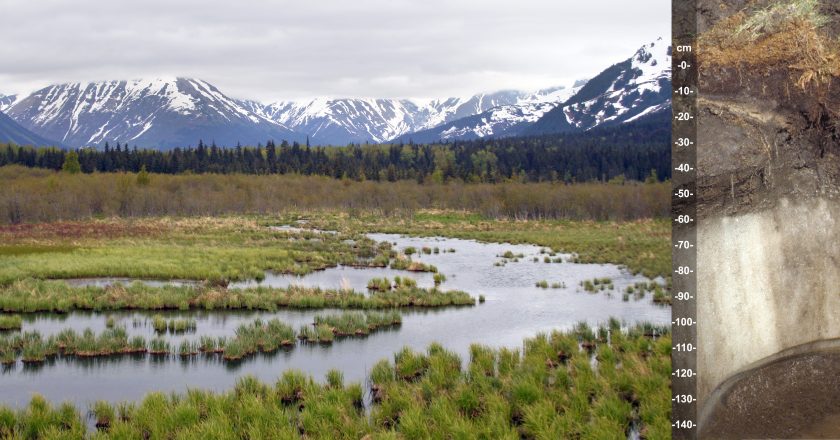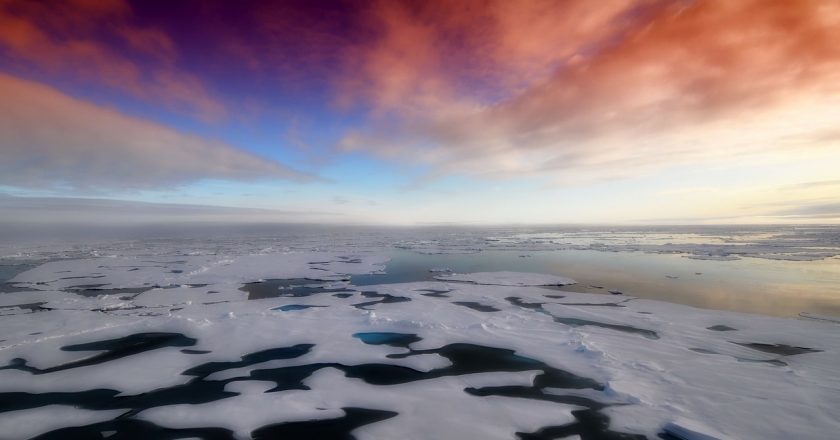


Arctic Sea Ice

Ice Sheet Tipping Points
Pushing global temperatures past these thresholds can trigger irreversible changes even if we do not add any further CO2 to the atmosphere. These changes may be abrupt or may take hundreds of years, but once the threshold is passed they cannot be reversed.

Alaska: Climate Change Ground Zero
The Earth’s temperature is now increasing faster than anytime in the last 1,000 years. Alaska and the Arctic, temperatures are rising at twice the global rate—more rapidly than anywhere else in the world, making the region ground zero for climate change. The best estimate is that human activity is responsible for all of the observed increase in global temperatures since 1985. The effects of the temperature changes are transforming a once-frozen seascape into an evolving, navigable ocean. These rapid changes occurring in the North have created a new Arctic climate system.

Arctic Winter Sea Ice Reaches Record Low
On March 19, 2015, the National Snow and Ice Data Center (NSIDC) announced that the maximum extent of Arctic sea ice cover this winter was the lowest ever recorded: 5.61 million square miles (14.54 million square kilometers) on February 25.

New Record for Temperature Whiplash
U.S. temperature extremes in 2014 have been exceptional—with record heat in the West and cooler than average temperatures in the East—and many scientists think climate change may be contributing. Temperature extremes occur when regions experience temperatures at the top or bottom 10% of the historical range of recorded values.

